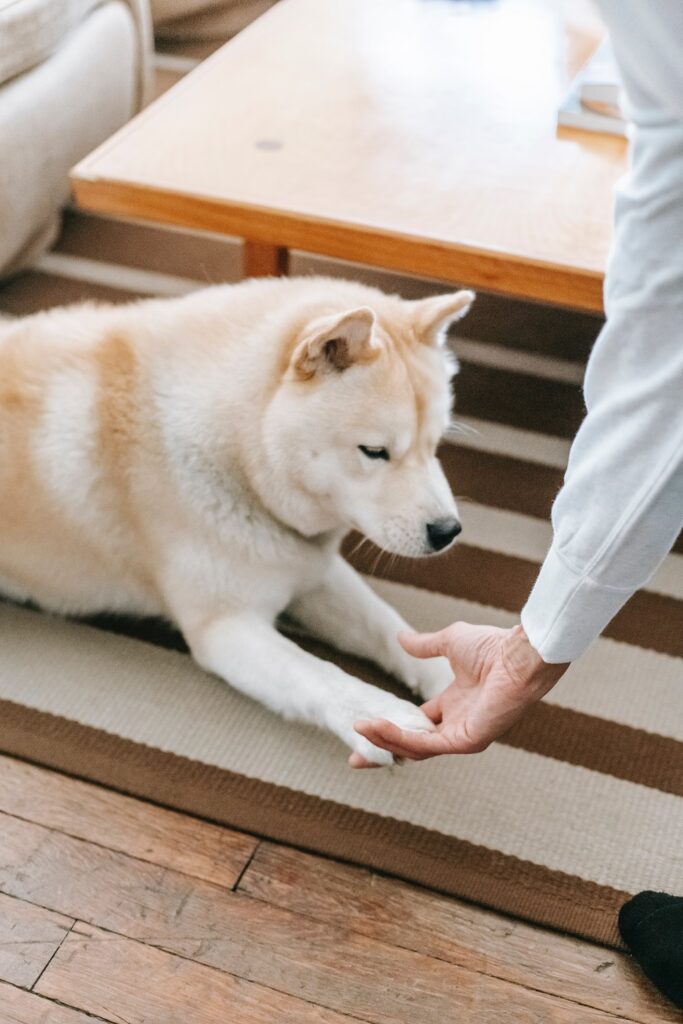Have you ever heard someone label a rambunctious dog as “bad?” You know the type–digging holes, chewing on furniture, etc. It’s easy to assume these dogs are poorly trained or naughty, but in reality, they are most likely just not getting enough exercise.
Each dog has different exercise requirements, but understanding your dog’s age and breed can give you a good idea of what they need. Active breeds like Siberian Huskies, Labrador Retrievers, and Blue Heelers–as well as most young dogs–need more exercise than older dogs and docile breeds like the Basset Hound and Pug.
How much exercise do puppies need?

Puppies typically require the most exercise of all dogs. However, according to the American Kennel Club, taking them on one long walk per day may not be the best way to burn off their excess energy. Puppies grow quickly, meaning their bones and joints are unstable.
If your puppy gets too much exercise all at once, they may unintentionally injure themselves. It’s better to take your pup for several small walks per day so that they have a chance to rest and relax in between. Another great option is to play tug-of-war or fetch with them several times throughout the day.
How much exercise do adult dogs need?
This is where your dog’s breed strongly influences how much exercise they need. Here are a few high and low energy breeds.
High-energy dog breeds
- Border Collie
- Australian Shepherd/Australian Cattle Dog
- Belgian Malinois
- Weimaraner
- Labrador Retriever
- Siberian Husky
- Boxer
- Dalmation
- Vizsla
- Pointer
Low-energy dog breeds
- Bull Mastiff
- Great Dane
- Greyhound
- Basset Hound
- Pug
- Shih Tzu
- Bulldog
- Cavalier King Charles Spaniel
- Chow Chow
- Irish Wolfhound

You should try to walk your adult dog each day regardless of their energy level, but pay attention to your dog’s body language to know how far to walk. If you’ve got a lazy Pug who will barely walk down the street, you probably shouldn’t walk as far as you would with a Boxer.
For some high-energy dogs, a walk may not be enough. It’s a good idea to look into a sport your dog might enjoy–like agility, bike riding, or protection work–to make sure they are getting enough exercise. It’s also important to incorporate mental exercise into your dog’s routine, such as puzzles, bones, and trick training.
How much exercise do senior dogs need?
It’s still important for your senior dog to exercise, even though they may spend most of their time lazing on the couch. Talk to your veterinarian to create a plan for your older dog’s exercise; you don’t want to overdo it and cause your dog pain. However, most senior dogs cherish the opportunity to get out and moving in the sunshine.
The biggest thing to keep in mind when exercising your dog is their comfort level. While all dogs need–and usuallyenjoy–regular exercise, each dog has different exercise requirements.
There’s no one-size-fits-all plan for making sure your dog gets enough exercise to be happy and well-behaved, but considering their breed, age, and personality will give you a good guideline on where to start. Don’t hesitate to create a plan with your veterinarian to give your dog the best shot at being healthy and happy.







